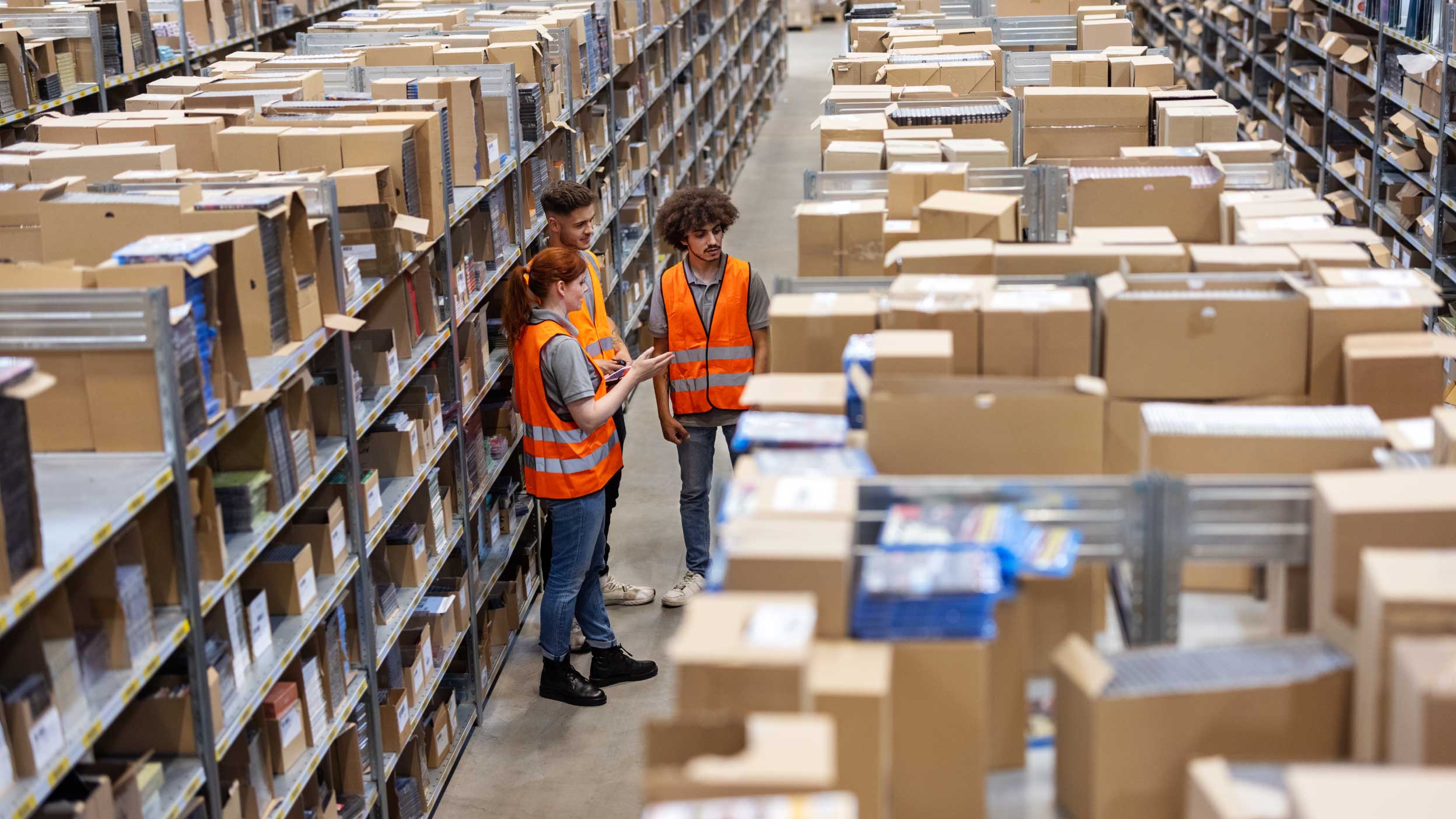There are numerous tailwinds on the horizon for eCommerce. There are large retail categories to attack (such as food and consumables, auto and luxury goods), while improving user interfaces and rapidly evolving fulfilment networks could make ordering online feel even more seamless than it does now. We believe that Amazon is particularly well-positioned to become the leading aggregator of merchandise, content and services – an ‘everything on demand’ platform.
Can inflation pressures dampen the holidays?
Due to pandemic-related supply-chain shortages across a range of products and inputs, shipping bottlenecks and higher commodity prices, this holiday shopping season is likely to see continued inflation pressures.
History tells us that inflation disproportionally hits lower-income consumers the most. They spend a large amount of their earnings on essentials, such as food and energy, and the current spike in inflation may feel like a double blow to some of them: food and energy prices have risen just in time for the cold winter season, while much of their savings may have sadly been eroded by the pandemic.
However, there’s also strong pent-up demand from other consumers. Prior to the pandemic, these consumers would have spent some of their income on overseas travel, upmarket clothes or live entertainment. As this type of expenditure may have been curtailed or deemed unnecessary during the pandemic, these consumers now have significant excess savings estimated to be at least US$5.6 trillion globally, and US$2.6 trillion in the US alone.2 A release of this savings could spur inflation further, but it also tells us that there’s still a lot of scope from a consumer demand perspective, regardless of inflation.
Finding opportunities in a world running out of things
Supply disruption inevitably favour eCommerce platforms to brick-and-mortar retailers. Quite frankly, eCommerce platforms are experts at sourcing products and getting them to the consumers that want them. Recommendation engines that help consumers find substitutes for out-of-inventory items should also see more demand due to supply disruptions than brick-and-mortar stores.
The areas we think are vulnerable to supply disruptions (and hence inflation) include auto, apparel, and durable goods. But given the transitory nature of many of these disruptions, we’re watching these areas closely for potential opportunities.
In-person events, movies and travel are still recovering from Covid-19 headwinds. However, they have little exposure to supply-chain disruption and many currently have excess capacity to offer consumers returning to these activities as economies reopen.
Meanwhile, in the gaming space, while new consoles from Microsoft’s Xbox and Sony’s PlayStation are still hard to obtain, the software downloads (i.e. video games) are not subject to supply-chain disruptions, and these tend to be the key drivers of revenue in the space.
To recap, we believe that consumer demand remains very strong. In aggregate, consumer spending power appears to be elevated, given the high excess savings and low debt levels. We’re quite bullish on the consumer’s ability to spend through 2022 even as GDP growth slows. Eventually, we believe the consumer may return to favouring ‘experiences’ over ‘things’ as the re-opening continues and the threat of the pandemic is reduced.






